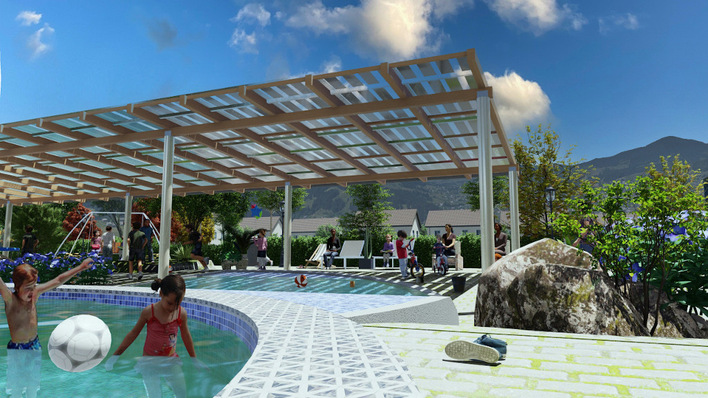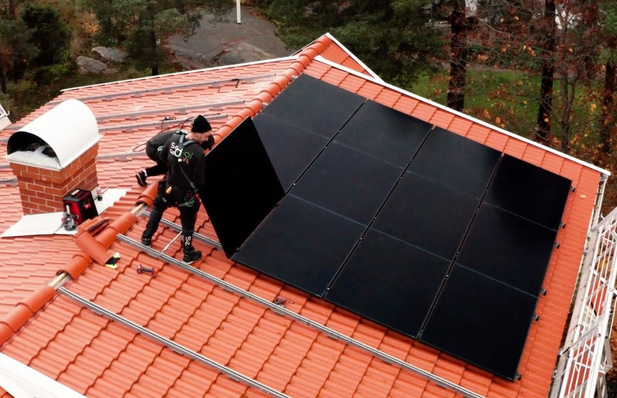The database on PV architecture, Solar Age, reports that the most innovative building in solar architecture was developed in France. The Inhabit 2030 team of the National School of Architecture and Landscape in the northern French city of Lille has won this year's Solar Decathlon Europe student architecture competition. With slightly over 853,000 points, the French are just ahead of the team from Delft Technical University in the Netherlands, which scored just under 853,000 points in the competition. Third place went to a building developed by students at the Technical University in Bucharest, Romania.
Photovoltaics covers entire electricity demand
The winning building addresses the urban reality in northwestern Europe with a dense urban fabric and many buildings from the 1930s. The aim of the project is to focus on climate neutrality in the refurbishment of such houses. It highlights cost-efficient and uncomplicated technical solutions as well as innovative materials.
For example, a photovoltaic system on the roof generates 2,560 kilowatt hours of electricity per year. That is twice what such a building needs. The students from Lille have integrated a solar thermal system with vacuum tube collectors into the glass facade. This heats all of the process water using the energy of the sun. The glass facade is also combined with mechanical ventilation, which allows passive heating, cooling and ventilation of the house. All of these technological solutions are controlled by a home automation system that is individually adapted to the needs and lifestyle of each occupant.
Best energy balance in competition
This approach to the energy balance gave the French students the edge over the other nine teams in the competition. But the building also scored well based on its architecture. Only the teams from the Technical University of Valencia and the University of Miskolc in Hungary were better in that regard.
The Solar Decathlon Europe took place for the fourth time this year. In the competition, ten projects compete for the best evaluation developed by architecture and engineering students. This year's competition took place in Szentendre, a small town on the outskirts of the Hungarian capital Budapest. Interested parties can also view the buildings after the end of the competition itself. The Solar Village in Szentendre will remain open until 29 September 2019, after which the teams will dismantle their buildings again. (su/mfo)
The videos from the 2019 pv Guided Tours at The smarter E Europe (Intersolar Europe, ees Europe, Power2Drive, EM-Power) in Munich are now online. Here you can follow the tour on building-integrated architecture.
For more articles on solar installations, please click here.
Stay informed, subscribe to our twice-weekly newsletter.







